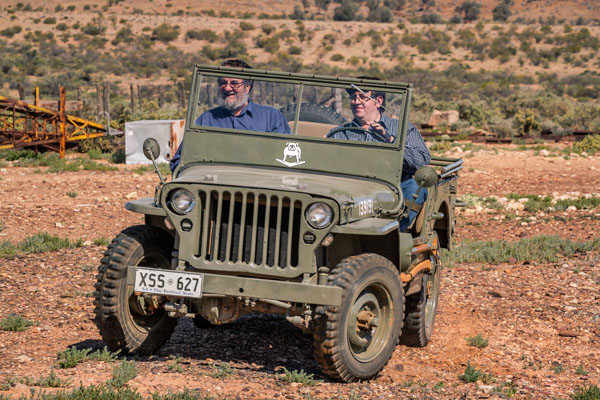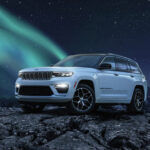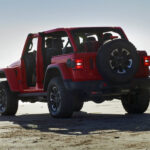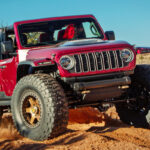
1941 MA Willys Jeep
Around 1938 as the situation in Western Europe worsened and the prospect of a second
world war looked a possibility, the US Army indicated to all automobile manufacturers that
they were looking for a light reconnaissance vehicle to replace the motorcycles previously
used in this role.
First to respond was the American Bantam Car Company who were invited to supply three
test models in September 1939, but these were rejected as too light. Shortly afterwards
Willys-Overland produced sketches of a concept vehicle which would soon be known to
the world as a Jeep. This was a light, maneuverable, powerful, all-purpose vehicle capable
of utility uses as well as a weapon carrier.
In mid-1940 the army called tenders for the supply of prototypes built to army
specifications. Bantam won the tender based on promised delivery times but Willys-
Overland pointed out that a vehicle built to these army specifications would not be
substantial enough for its intended purpose. As an outcome both Willys and Ford, another
bidder, were invited to supply pilot models for testing.
Although the Bantam met the army weight requirement, only the heavier Willys met the
power specifications with its four-wheel drive vehicle. The army ordered 1500 vehicles
from each company built to a revised specification which acknowledged Willy’s claim that
590kg was too light by increasing the weight allowed to 980kg, 109kg under the Willy’s
prototype.
Willys rejected the idea of amending the design or using a different engine to reduce
weight, and so set about completely dismantling the car and, part by part, bolt by bolt,
began to reassemble it, evaluating each part with respect to weight. They trimmed off bolts
that were longer than needed; they cut material here and there, and by the time the new
vehicle was put back together, it was within 198 grams of the weight restriction.
Delivery of the prototypes began in June 1941, and after testing was completed, the army
chose the Willys design. Willys also won the tender to manufacture against Bantam and
Ford and produced the first 16,000 vehicles. To keep up with army requirements both Ford
and Bantam were later requested to set-up and build identical vehicles under license and
by the end of World War II Ford had produced almost twice as many Jeep vehicles as
Willys-Overland.
There has been much conjecture on the derivation of the name Jeep. Some believe it to
be derived from the acronym GP or General Purpose, but there are other schools of
thought. Oil rig drilling trucks were called by this name and Eugene the Jeep a character in
Popeye comics who had special abilities is considered to be the most likely name source
based on army records.
The Willys-Overland Jeep has been described as America’s greatest contribution to
modern warfare. The Jeep served in every World War II theatre as a litter-bearer, machine
gun firing mount, reconnaissance vehicle, pick-up truck, front line limousine, ammo bearer,
wire-layer and taxi.
The Jeep name became so distinguished that on June 13, 1950, Willys-Overland
registered it as a trademark both in the United States and internationally. Today, the Jeep
trademark is owned by the Chrysler Group.
Jeep wrote the book on four-wheel drive and is acknowledged as the vehicle that started
the four-wheel drive trend that’s so strong in today’s market.











